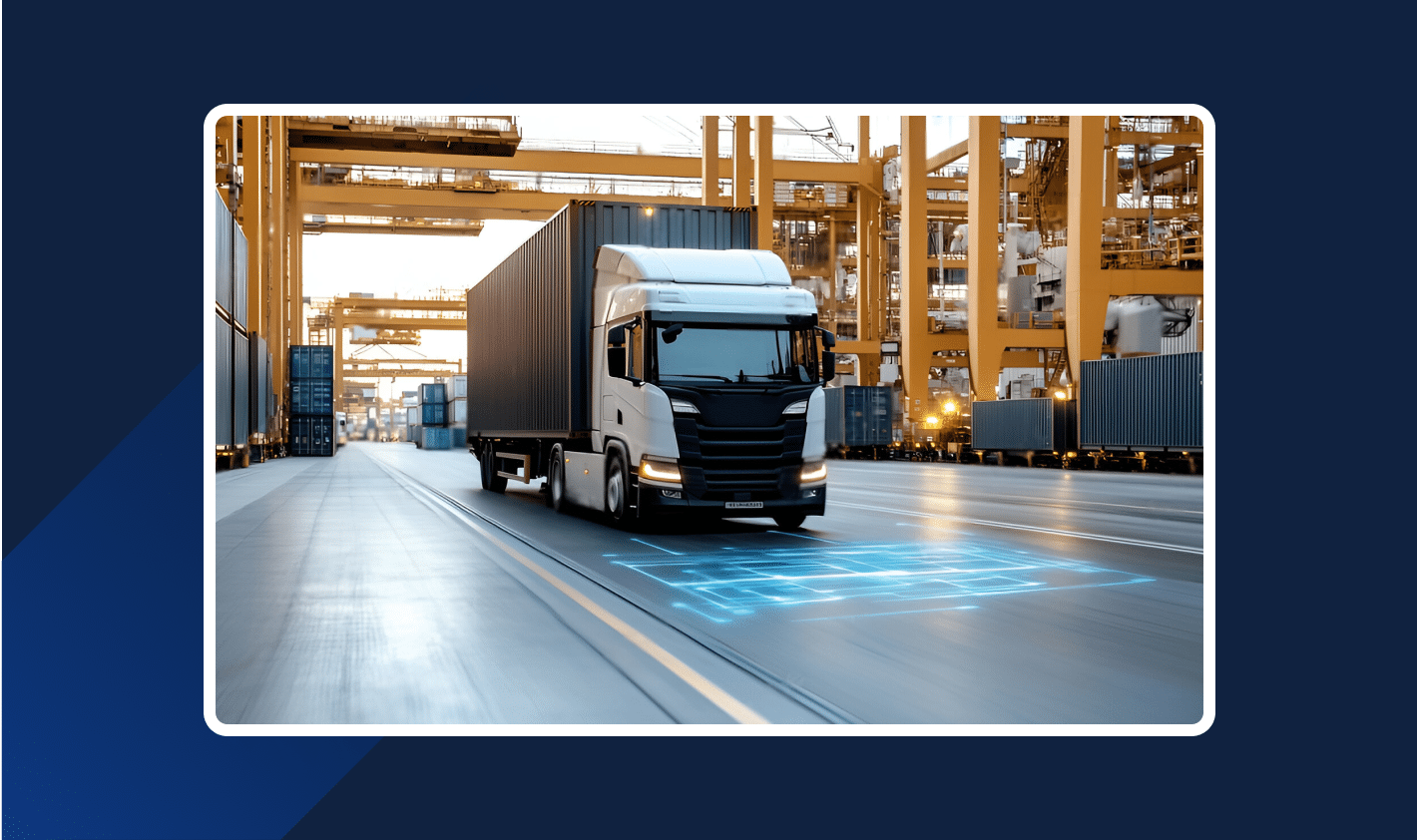
The US OTT market is growing fast. With projected revenues crossing $146 billion in 2025, streaming platforms aren’t just chasing views—they’re chasing retention, speed, and smarter operations. And the biggest enabler across all three? AI.
AI isn’t a futuristic add-on anymore. It’s the intelligence layer driving every decision—from what users see when they log in to how smooth the video runs to how content is protected from piracy. Whether you’re a billion-dollar brand or a mid-sized streaming startup, how you apply AI is now a make-or-break factor.
It’s Not Just About What You Show — It’s How You Show It
Consumer expectations around personalization have gone from “nice-to-have” to “non-negotiable.” With churn rates at 4.96% for ad-supported plans and 4.13% for ad-free in the US, streaming platforms are under pressure to retain viewers who no longer tolerate generic interfaces or irrelevant suggestions.
AI steps in by building dynamic user profiles based on granular behavior—what people watch, skip, rewatch, search for, and even when they watch it. These insights inform not just content suggestions but layout, thumbnail selection, and even the sequence of categories shown on the home screen.
Netflix, for example, credits over 80% of total streamed hours to its AI-powered recommendation engine. This isn’t just a convenience feature—it’s the core mechanism through which most users discover and engage with content on the platform.
Custom thumbnail generation using AI has also made a measurable difference. By analyzing viewer behavior and preferences, AI can display thumbnails that are more visually and emotionally resonant for individual users, increasing click-through rates by up to 35%.
Platforms that have implemented AI-based personalization have seen stronger business outcomes. Some report up to 42% lower churn and a 28% lift in user engagement, especially among Gen Z and millennial audiences who expect content to feel “tailored” to them.
Buffering Kills the Mood. AI Keeps It Smooth.
Smooth streaming isn’t just a technical goal—it’s a competitive advantage. Viewers won’t sit through lag or grainy resolution, especially when switching between platforms takes a single click.
AI-driven adaptive bitrate streaming solves this by adjusting video resolution in real time based on a user’s network strength, device type, and location. Unlike static quality presets, this dynamic adjustment ensures consistent viewing, even when the internet connection fluctuates.
Platforms using AI-based streaming optimization have reported up to a 70% reduction in buffering incidents. This directly correlates with longer session durations, higher satisfaction scores, and reduced drop-offs during key moments in content.
Beyond viewer experience, AI also helps platforms lower operating costs through smarter compression. Scene-aware compression techniques reduce file size without noticeable drops in quality, especially for slower-paced scenes—resulting in up to 40% savings on bandwidth.
AI also optimizes content delivery infrastructure. It predicts when and where viewer demand will spike, enabling better caching and dynamic load balancing across CDNs. This proactive approach leads to infrastructure cost reductions of around 30%—critical for platforms operating at scale or under budget pressure.
AI Makes Security Quiet—but Powerful
Piracy, password sharing, and data leaks can quietly chip away at a platform’s growth. These aren’t just security threats—they’re lost revenue and reputational risk.
AI helps flag unusual account behavior, like logins from different geographies within minutes or simultaneous streams from devices that don’t belong together. This allows platforms to identify potential credential sharing or account hijacking in real time and respond intelligently.
Platforms like Netflix now use this data to gently nudge suspected sharers toward premium or “extra member” plans, instead of simply blocking access. This approach helped the company recover over $1 billion in lost revenue, turning misuse into monetization.
AI is also enhancing content protection through watermarking and fingerprinting. These techniques embed identifiers into streams, allowing platforms to trace leaks to the original account or source—even across VPNs or screen recording software.
Compliance with data privacy laws like GDPR and CCPA is another challenge that AI can simplify. AI tools now automate consent tracking, monitor data flows, and flag potential violations early—saving platforms from costly fines and reputational damage.
Smaller Platforms Are Catching Up—and Fast
AI used to be out of reach for all but the biggest platforms. Today, modular AI tools and SaaS platforms have changed the game for mid-sized OTT players in the US.
Vendors like Kaltura, Muvi, and Brightcove now offer pre-built AI engines that plug into existing infrastructure. These tools deliver recommendation engines, real-time analytics, and CDN optimization—without the need for in-house data scientists.
Cloud-based AI solutions also scale based on need. A platform can start with personalization and expand to predictive analytics or security monitoring as user volume grows, avoiding large upfront investments.
Mid-sized platforms are also leveraging AI for community-driven curation. By combining behavior data with community insights, they create hyper-niche but highly sticky experiences that keep users loyal and engaged—something larger platforms struggle to replicate.
It’s Not Just Smarter—It’s Profitable
The financial upside of AI is clear when platforms track engagement, churn, and cost savings over time. Personalization alone can reshape ROI at every touchpoint.
On average, platforms using AI see 80% of their content consumption come from recommendations. This reduces friction in content discovery and improves user satisfaction—leading to longer sessions and better retention.
Churn prediction models powered by AI can identify users at risk of canceling and trigger timely retention campaigns. Some platforms report churn reduction of 12–42% depending on how these models are applied.
On the cost side, AI dramatically improves infrastructure efficiency. Adaptive streaming and predictive load management have cut delivery costs by 30–40% for many platforms—while maintaining or improving quality of service.
Operational costs also drop. AI-driven content moderation, tagging, and even subtitle generation reduce manual workloads by up to 50%, allowing teams to scale without proportionally growing overhead.
Finally, AI-powered ad personalization leads to higher relevance and click-throughs. Some platforms report a 45% increase in ad engagement when AI is used to match content context with viewer preferences, which directly improves ad revenue.
But It’s Not Plug-and-Play. And That’s OK.
Like any powerful tool, AI needs the right inputs and ongoing oversight. Poor data quality can lead to bad recommendations, while over-targeting can feel creepy to users.
Mid-sized platforms also face challenges in staffing, data volume, and integration with legacy systems. AI needs to be introduced thoughtfully, with clear governance on data use, transparency, and opt-outs.
Regulatory frameworks in the US are still evolving around AI and consumer data. So platforms need to make explainability and consent part of the AI setup—not just features added later.
The good news is, this is solvable. With the right strategy and modular tools, AI doesn’t have to be a risky transformation. It can be a gradual upgrade—one that pays for itself as it scales.
Where Amazatic Comes In
At Amazatic, we help mid-sized US OTT platforms bring AI into their stack without reinventing the wheel. Our modular solutions are designed to integrate fast, work reliably, and show results early.
We offer AI-powered recommendation systems, performance engines that optimize load balancing and compression, and security layers that flag suspicious activity without disrupting legit users. All of this is designed with cost-conscious execution and outcome-driven strategy.
You don’t need to build from scratch. You need to build smart.
Final Word
The US OTT market isn’t slowing down. But it is changing fast. The platforms that succeed will be the ones that use AI not for flash—but for fundamentals.
Personalization that feels human. Playback that never breaks. Protection that doesn’t get in the way. These are the new basics.
If you’re ready to simplify AI without dumbing it down, let’s talk www.amazatic.com

